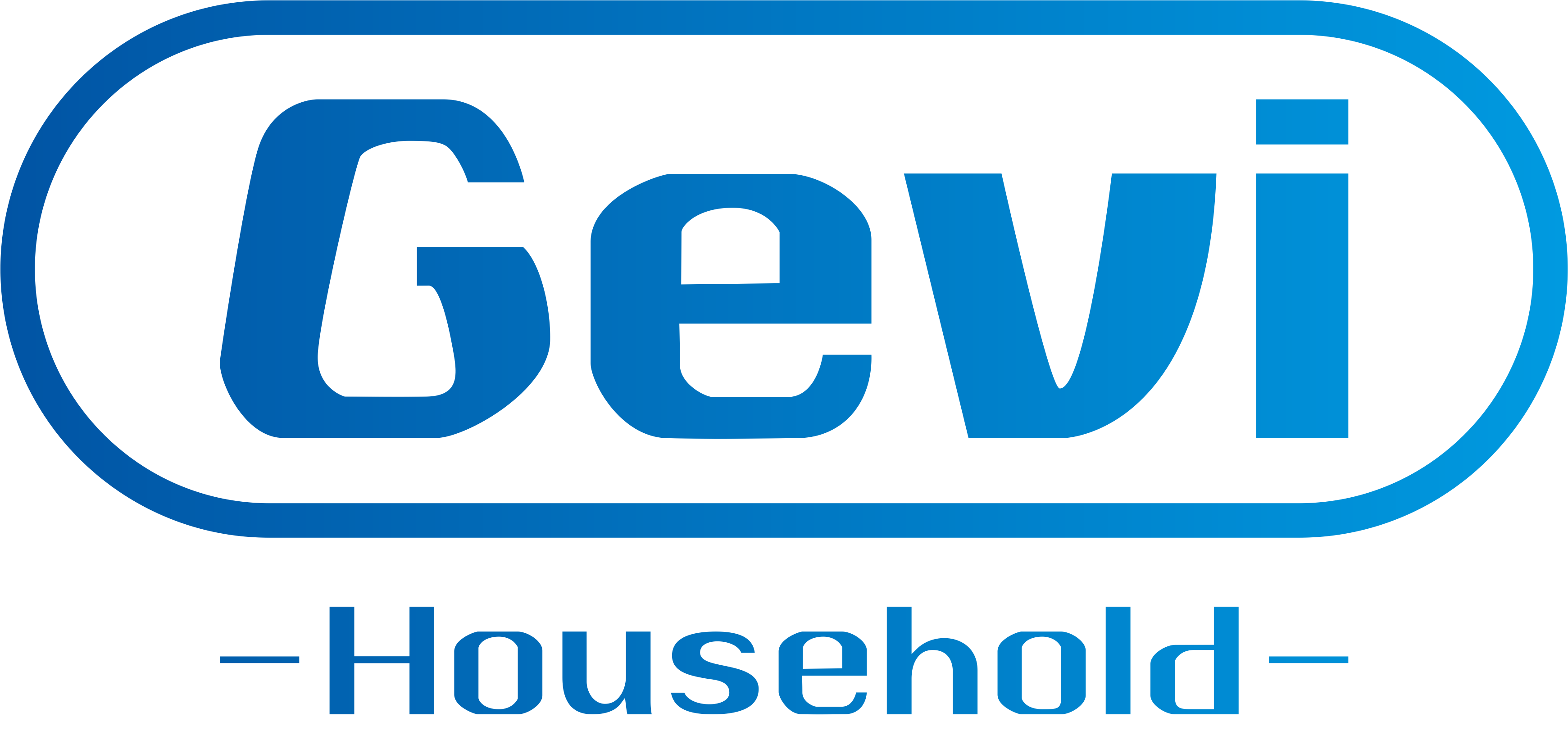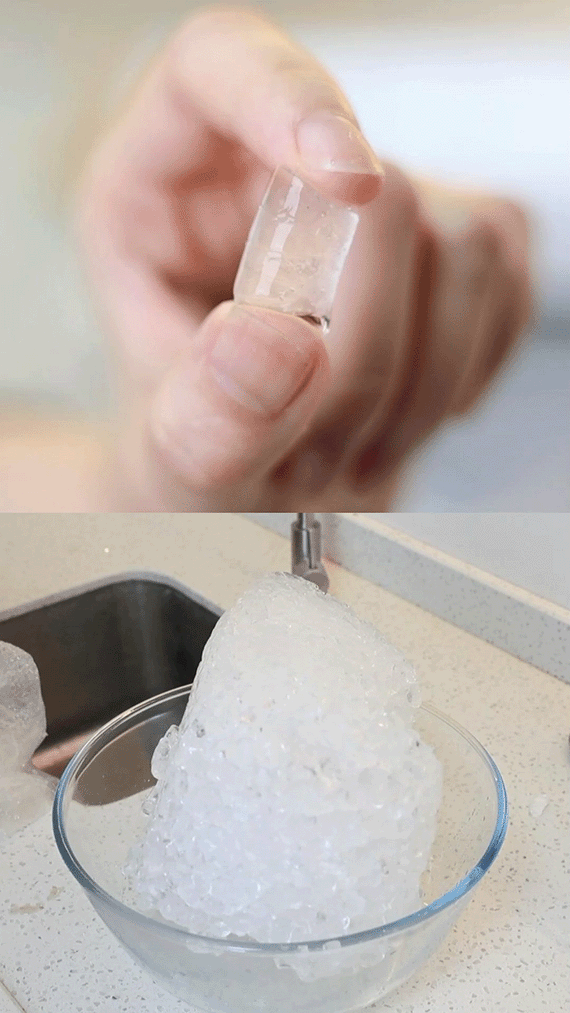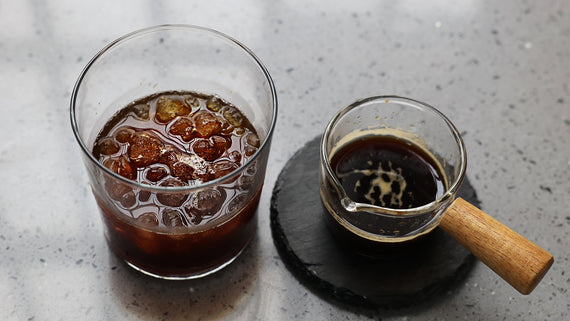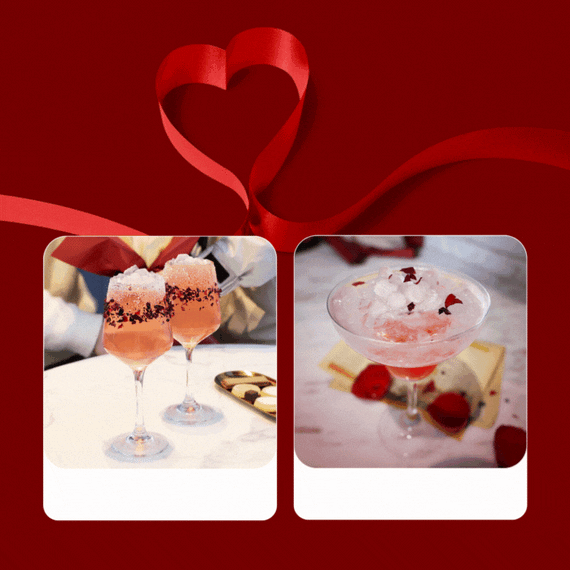Are soft drinks and sodas the same thing?
Are soft drinks and sodas the same thing?
Introduction
There is a lot of confusion surrounding the terms soft drink and soda. In fact, many people use the two terms interchangeably. Today, the article will clear up any confusion and explain the differences between soft drinks and sodas. Also, we will discuss a little about the history of soft drinks.
What is soft drink?
The term soft drink was first used to distinguish flavored drinks from hard liquor. The early Americans' hard-drinking habits were encouraged to be changed, and soft drinks were suggested as a replacement. They are often consumed as a refreshment or to quench thirst. But soft drinks do not include coffee, tea, milk, cocoa, or vegetable juices.
A soft drink is a non-alcoholic beverage, usually but not always carbonated, containing natural or artificial sweeteners and flavors.
The sweetener may be sugar, high-fructose corn syrup, fruit juice, or some combination of these. The flavor may be derived from fruits, herbs, or artificial flavorings. Carbonated water is water that has been infused with carbon dioxide gas. This gives the water a slightly acidic taste and makes it fizzy.

Photo credit:cloudfront
What is soda?
Soda is a type of soft drink that is typically made with carbonated water and flavored with either natural or artificial flavors.
Most fruit-based sodas are made with only a tiny amount of actual fruit juice, and the rest are made of carbonated water and sweeteners. Non-fruit sodas typically have no fruit juice at all and are instead made up of carbonated water, artificial flavors, and sweeteners.
So, while all sodas are soft drinks, not all soft drinks are sodas.
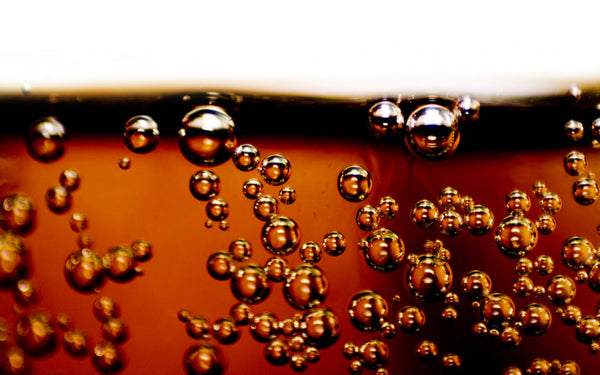
Photo credit:cloudfront
History of soft drinks
The first soft drink created in the 17th century was a mixture of lemon juice and water with honey. The Compagnie de Limonadiers(lemonade company) was founded in Paris in 1676 to sell its drink. Vendors carried tanks of lemonade on their backs and dispensed cups of the beverage from taps.

In 1767, Joseph Priestley, a British scientist, was called the 'father of the soft drink industry' because he experimented with the gas in a brewery's fermenting vats. He also discovered a way to make water 'effervescent' or sparkling by adding fixed air to it. More than that, he tried to add fruit juice to the water to make it more palatable.

Influenced by Priestley, some people also want to make carbonated water. For example, Thomas Henry, a British apothecary, used a Priestley-inspired apparatus to create carbonated water in 12-gallon barrels. Carbon dioxide is added to the water under pressure to create characteristic fizziness.
Another case is that, Swiss jeweler Jacob Schweppe decided to create a similar device after reading Priestley's papers. Later, he sold his carbonated artificial mineral waters to friends in Geneva, Switzerland, in 1794. The water can be used medicinally.
Around 1820, bottled water became popular, because the production process was improved, and the output was significantly increased. And the bottled water began to have different flavors, such as ginger flavor.
In the 1830s, American businessman John Matthews began manufacturing soda fountains to mass-produce carbonated beverages. The most popular early soft drinks were lemonade and other fruit-flavored carbonated drinks.
Coca-Cola, the first cola drink, was invented in 1886 by John Pemberton, a pharmacist in Atlanta, Georgia, United States.

Photo credit:actualite-fr
Besides the soda fountains, vending machines first appeared in the 1920s. Soft drink vending machines have grown in popularity since then, and these self-service machines can sell both hot and cold drinks.

Over time, carbonated beverages became known simply as soda (or pop in North America) and are now consumed all over the world. Worldwide sales of bottled soda rose sharply in the early 20th century, and canned soft drinks started to take a significant market share in the second half of the 20th century.
Making sodas at home
Soft drinks in the supermarket are often unhealthy and expensive. They contain so much sugar. The American Heart Association recommends that women should not eat more than 25 grams per day, and men should not eat more than 36 grams per day. So do you know how much sugar a bottle of soft drink contains?
For instance, Fanta Peach, each 20 fluid ounce bottle contains 250 calories, 80 mg of sodium, and 67 g of sugar. With 67 g of sugar, it is healthier to eat real peaches, isn't it?

Or crush Pineapple, every 12 fluid ounce contains 190 calories, 65 mg of sodium, and 51 g of sugar. As you can see, fruit-based sodas are not as healthy as you think.

So, how about we try to make soda at home? Many soda recipes online teach you how to make healthy and delicious soda at home with a soda maker, like orange and strawberry soda and ginger soda.
If you really don't have time, there is a new category of soft drinks that emphasizes low-calorie, caffeine-free, or natural ingredients, which is to deal with the health concerns of modern consumers.
For example, a can of Coca-Cola Life, 12 fluid ounce contains 90 calories, 35 mg sodium, and 24 g sugar. However, to be honest, this drink is definitely not a diet beverage because a can of this drink still contains 24 grams of sugar and 90 calories. It has less sugar than the traditional cola on the market, but that does not mean it is healthy.

Conclusion
Soft drinks include soda that is usually carbonated, sweetened, and non-alcoholic. Most soft drinks are unhealthy because they contain too much sugar. So try to make delectable sodas at home by following some recipes online. Or you can find some healthier options in the market if you really don't have time.
- 1676, beverage, carbon dioxide, carbon dioxide gas, carbonated beverages, carbonated drinks, carbonated water, coca-cola, cola, dispensed cups, effervescent, fixed air, fruit juice, fruit-based, grams of sugar, health concerns, jacab schweppe, juice, lemonade, mineral water, much sugar, natural or artificial, priestley, soda, soft drink, sweeten, vending machine, vendors carried tanks
